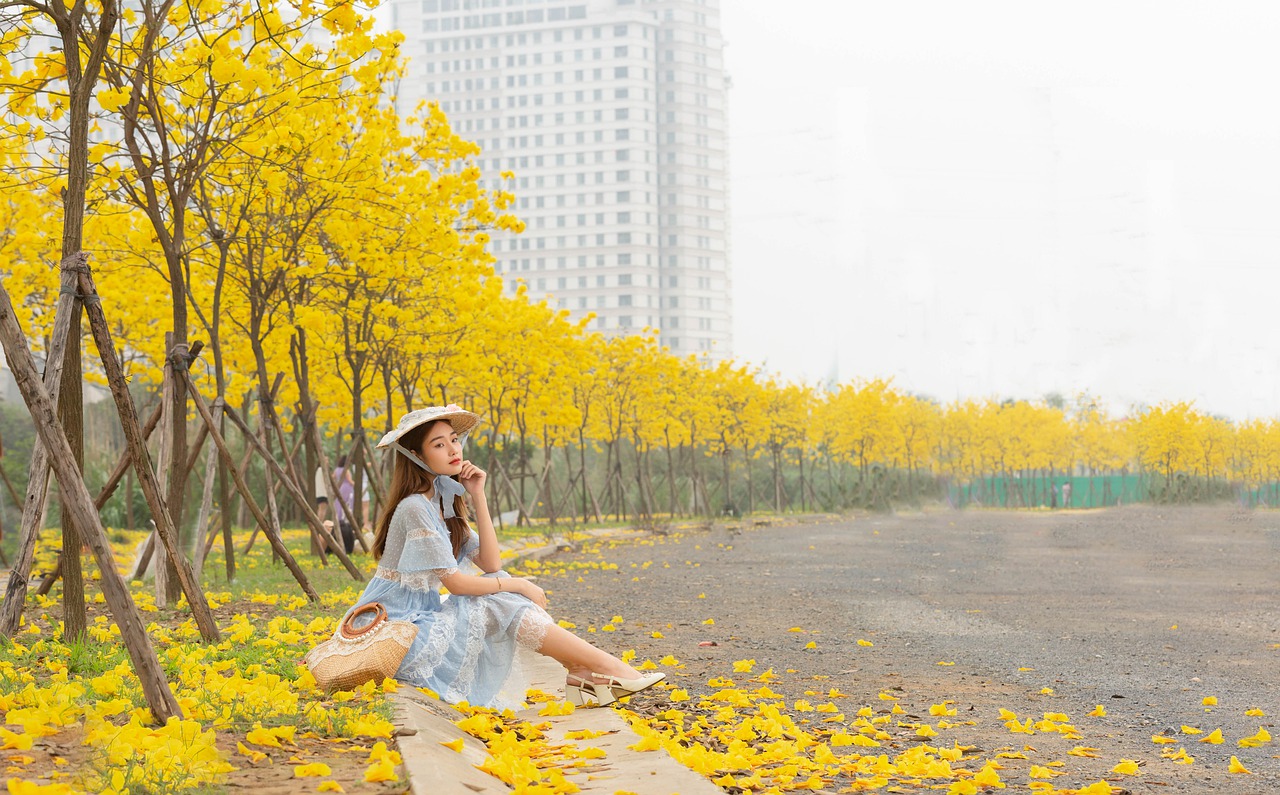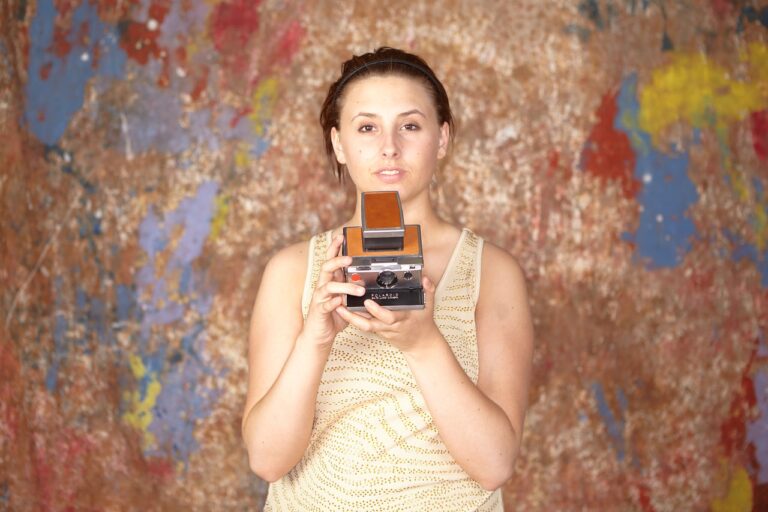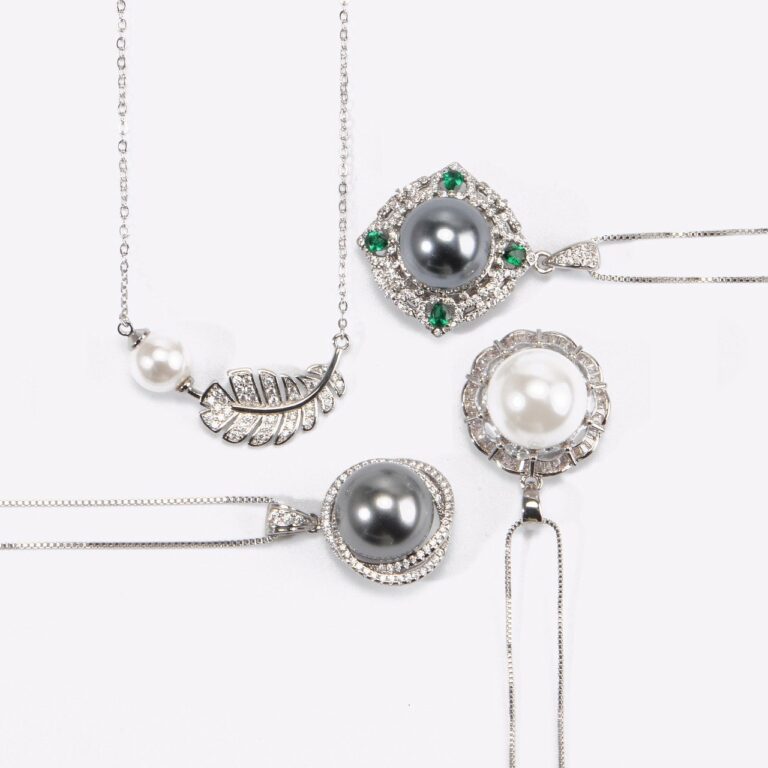Fashion Photography Through the Decades: Evolution of Aesthetics and Techniques
The Roaring Twenties marked a significant shift in fashion photography, with the emergence of flappers as iconic figures of the era. These young women challenged traditional gender norms with their bold clothing choices and liberated attitudes, setting the stage for a new wave of creativity in photography. Capturing the essence of the Jazz Age, photographers embraced Art Deco influences in their work, incorporating geometric shapes, sleek lines, and luxurious textures into their compositions.
The fusion of flapper style and Art Deco aesthetics resulted in fashion photography that exuded a sense of modernity and sophistication. Photographers experimented with lighting techniques to enhance the sleekness and elegance of the clothing, creating visually striking images that epitomized the glamour and excess of the Roaring Twenties. By blending avant-garde fashion trends with artful photography, the images produced during this era continue to captivate audiences and inspire contemporary fashion photographers.
The Glamorous Thirties: Hollywood Stars and Studio Lighting Techniques
During the glamorous era of the thirties, Hollywood stars became icons of style and sophistication. With the rise of the Golden Age of Hollywood, celebrities such as Marlene Dietrich and Clark Gable captivated the public with their glamorous looks and elegant fashion choices. Studio photographers perfected their lighting techniques to highlight the beauty of these stars, creating iconic portraits that exuded opulence and allure.
Studio lighting became a crucial element in capturing the essence of Hollywood stars during this era. Soft, diffused lighting was often used to create a flattering glow around the actors, enhancing their features and adding a touch of glamour to their photographs. This attention to detail in lighting techniques helped to elevate the images of Hollywood stars, solidifying their status as symbols of elegance and sophistication in the eyes of the public.
The Swinging Sixties: Youth Culture and Bold Colors in Fashion Photography
Through the lens of fashion photography, the Swinging Sixties represented a significant shift towards vibrant and bold colors that reflected the dynamic youth culture of the era. Photographers embraced the spirit of rebellion and freedom that characterized the 1960s, incorporating these elements into their images through the use of unconventional compositions and vivid hues. This period marked a departure from the more traditional and subdued styles of previous decades, with photographers daring to experiment with new techniques and concepts that captured the essence of the decade’s youthful exuberance.
Fashion photographers during the Swinging Sixties often ventured beyond the confines of traditional studio settings, opting instead to shoot on location in urban environments or natural landscapes. This departure from the norm allowed for a greater sense of authenticity and spontaneity in their work, mirroring the carefree and adventurous attitude of the youth culture at the time. The use of bold colors and avant-garde styling in these photos not only reflected the changing attitudes towards fashion and beauty but also served as a visual representation of the social and cultural upheaval taking place during this tumultuous decade.
What defined the youth culture of the Swinging Sixties?
The Swinging Sixties was characterized by a sense of freedom, rebellion, and experimentation among young people. It was a time of social change, with movements such as the Civil Rights Movement and Women’s Liberation influencing the attitudes and behaviors of the younger generation.
How did bold colors play a role in fashion photography during the Swinging Sixties?
Bold colors were a prominent feature in fashion photography during the Swinging Sixties, reflecting the vibrant and energetic spirit of the era. Photographers often used bold, saturated hues to create eye-catching images that captured the youthful and rebellious essence of the time.
What were some key elements of youth culture in the Swinging Sixties fashion photography?
Key elements of youth culture in Swinging Sixties fashion photography included mini skirts, bold patterns, psychedelic prints, and mod styles. Photographers often captured the carefree and playful attitude of the era through their use of these elements in their images.
How did the Swinging Sixties fashion photography differ from previous decades?
Swinging Sixties fashion photography differed from previous decades in its emphasis on youth culture, bold colors, and a more casual and relaxed approach to style. It reflected the changing attitudes and values of the time, moving away from the formality and restraint of earlier eras.
What impact did the Swinging Sixties have on the world of fashion photography?
The Swinging Sixties had a significant impact on the world of fashion photography, influencing trends and styles that continue to be celebrated and referenced today. The era’s daring and innovative approach to photography helped shape the way we view fashion and youth culture.







